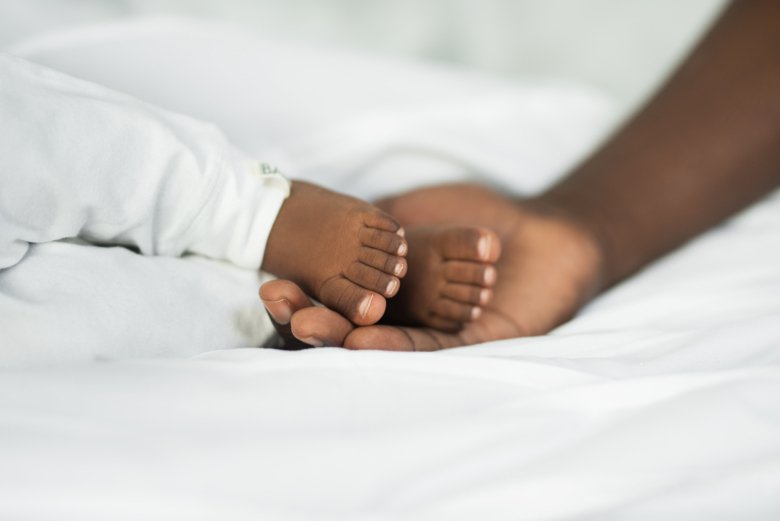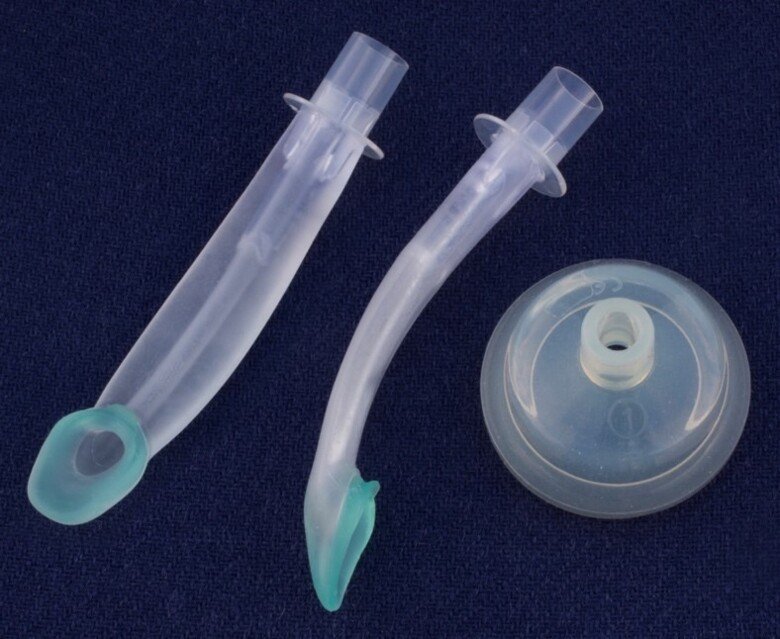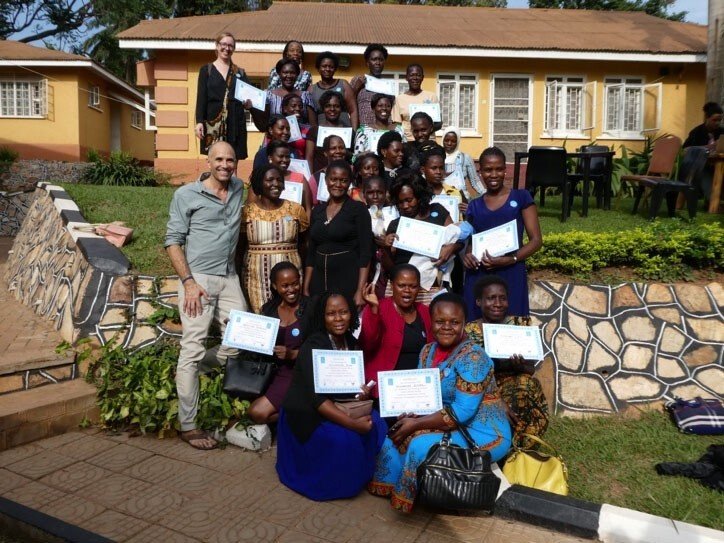Alternative method for birth asphyxia safe to use

Birth asphyxia is one of the most common causes of neonatal death. Researchers at Karolinska Institutet and others have now evaluated a method of resuscitation not previously used by midwives. The study, which is published in The New England Journal of Medicine shows that a laryngeal mask is a safe and easy-to-use alternative to other methods and one that is particularly suitable for use in low-income countries.

Child mortality has declined globally in the past 25 years, thanks to the efforts being made under the UN’s Millennium Development Goals and Agenda 2030. Regrettably, however, neonatal deaths have not followed the same positive trend.
Birth asphyxia is the largest cause of neonatal death around the world. In this year alone, some 700,000 neonates, mostly in low-income countries, will die due to an inability to breathe independently on birth. A lack of oxygen also leads to brain damage in many infants. While much of this can be avoided with adequate resuscitation in accordance with international recommendations, most low-income countries lack both doctors and equipment.
The most common method of resuscitation is currently a face mask and a balloon-like bag. The method carries a high risk of air leakage around the mouth, which means that too little oxygen reaches the lungs and, eventually, the brain. This is a problem that is particularly evident where there is a lack of doctors and equipment and where it is left to midwives to resuscitate neonates.
New method for midwives
Researchers at Karolinska Institutet in Sweden and the University of Bergen in Norway and their colleagues at Makerere University in Uganda have now conducted a large randomised study to test the laryngeal mask as an option in the resuscitation of neonates.
The laryngeal mask is a short airway tube that is being inserted into the windpipe, minimises the risk of air leakage and maximises the amount of air reaching the lungs. It is currently used by anaesthesiologists during surgery and is much less resource-demanding and easier to use than intubation. However, it has not been used by midwives before. The results of previous, smaller studies have shown that midwives can fit the devices with only a minimal amount of training.

The present study included 1,163 resuscitations and was carried out at Mulago National Referral Hospital in Kampala, Uganda, between 2018 and 2019. Neonates in need of ventilation at birth were divided into two groups, one of which received the standard treatment with face mask and bag, and the other was fitted with a laryngeal mask. The results show that the methods were equally effective. However, if the neonate did not start breathing after three minutes with one of the treatments, the midwives were instructed to switch to the other.
A valuable tool
A larger number of neonates who were first resuscitated with face mask were later saved with the laryngeal mask than vice versa. The study also shows that most of the neonates were likely to have suffered severe prenatal asphyxia.
“We think that the laryngeal mask works better, it was easier for the midwives to use and in previous studies we could see that the neonates started breathing sooner,” says Nicolas Pejovic, researcher at the University of Bergen and the Department of Global Public Health at Karolinska Institutet and senior consultant at Sachs’ Children and Youth Hospital neonatal unit. “The difference was not enough, however, to observe any difference in mortality in this particular population. Since it is also safe, the laryngeal mask will prove a valuable tool for midwives, especially in low-income countries.”
Simpler than intubation
“Other advantages are that there’s less of a need to intubate, which is sometimes necessary when the face mask-bag solution fails, and unlike intubation, the laryngeal mask is easy to learn how to use,” says Susanna Myrnerts Höök, doctoral candidate at the University of Bergen and the Department of Global Public Health at Karolinska Institutet and specialist paediatric doctor at Sachs’ Children and Youth Hospital emergency unit.
The study was financed by grants from the Research Council of Norway and the Centre for Intervention Science in Maternal and Child Health, Norway. There are no reported conflicts of interest.
Some of the co-authors also work with innovation in the resuscitation of neonates through the non-profit organisation Tap4Life, which has developed free apps to use in training and the resuscitation of neonates: NeoTapLS and NeoTapAS.
Publication
”A randomized trial of laryngeal mask airway in neonatal resuscitation”. Nicolas J Pejovic, Susanna Myrnerts Höök, Josaphat Byamugisha, Tobias Alfvén, Clare Lubulwa, Francesco Cavallin, Jolly Nankunda, Hege Ersdal, Mats Blennow, Daniele Trevisanuto, och Thorkild Tylleskär, Drs. Pejovic and Myrnerts Höök contributed equally to this article. New England Journal of Medicine, online 26 November 2020, doi: 10.1056/NEJMoa2005333.
